In honor of Minority Health Month, we want to highlight the medical condition Uterine Fibroids, which affects black women more than white women. A study conducted in the Washington D.C. area found that 80% of black women and 70% of white women have had at least one fibroid. Compared to white women, black women experience more severe symptoms, more rapid growth of the fibroids, and less satisfaction with the information and care they receive. This condition can significantly impact quality of life and wellness, making access to knowledge and care all the more important. This week on Fox 17, Dr. Bitner highlights the negative impact of Uterine Fibroids and how to treat the condition best.
Fibroids are benign tumors on uterine walls that grow in response to estrogen. The mass isn’t static; it also creates hormone chemicals that promote blood vessel growth and inflammation, leading to painful symptoms. Symptoms are dependent on the location of the mass within the uterus and have the potential to cause two main categories of symptoms: bulk and bleeding.
Bulk symptoms are caused by the uterine fibroids pressing on other structures such as back muscles, blood vessels, the bladder, the rectum, or filling the pelvis. These symptoms include:
Bleeding symptoms occur when the fibroids touch the lining of the uterus. Fibroids make inflammatory hormones and enlarge blood vessels, allowing the fibroids to grow. This leads to the symptoms of frequent bleeding and heavy menstrual bleeding.
Nonsurgical treatments for Fibroids are:
Procedure treatments include:
Jane, 34, was a mother of 3 kids and worked full-time. She had been dealing with horrible period symptoms for months now, and she finally went to the doctor after being unable to work due to her heavy bleeding, immobilizing cramps, and pelvic pain.
During Jane’s appointment, she advocated for herself when she felt that her doctors were not expressing enough concern for her symptoms. She continued to ask questions and demand help. Her doctor listened to Jane and determined she had a fibroid on the lining of her inner uterus wall after doing an abdominal ultrasound scan. She had a uterine artery embolization procedure the following week.
After two weeks, she fully recovered and was able to return to her job. Jane is grateful that she finally took action and went to the doctor. She is proud that she advocated for herself and got the help she needed and deserved. Jane is now able to continue to provide for her family without unnecessary pain.
If you are suffering from painful symptoms, don’t wait any longer! Ask questions, get help, advocate for yourself, and do not give fibroids more power than they deserve.

OUR PROGRAMS
RESOURCES
CONTACT US
SUBSCRIBE